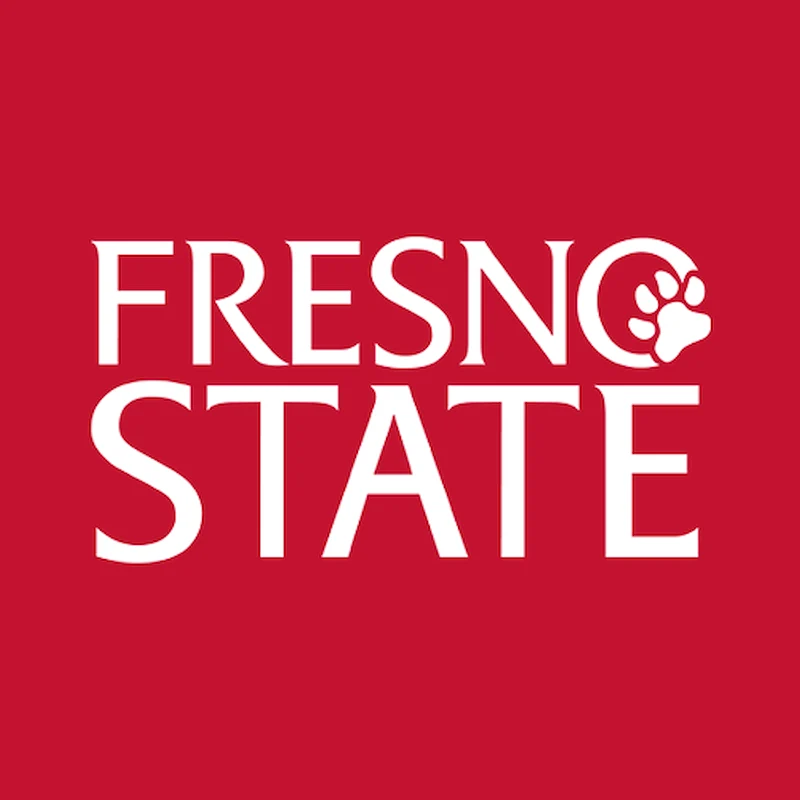Learning about plants extends beyond the four walls of Dr. Katherine Waselkov’s classroom at Fresno State and into the Central Valley foothills, vernal pools and deserts.
In the spring, her biology students take the knowledge they’ve learned in her plant taxonomy class to the field, where they collect flowering plants to bring back to the lab for dissection and identification before they press, categorize and digitize them for inclusion in the Fresno State Herbarium.
“What’s special about this area is the access to a bunch of different botanical ecosystems,” said Waselkov, who is from the eastern United States. “You can take students on so many different field trips that go to different environments, and you can follow the spring as the flowers are opening at increasing elevations up the mountains.”
Biology at Fresno State is multifaceted, covering everything from the workings of molecular and cellular biology to the structure, conservation and restoration of ecosystems. About 75% of the students who take Waselkov’s courses are interested in health careers while the other 25% are attuned to other possibilities, she said.
One student is interested in becoming a lawyer to work on conservation efforts. A few others want to conduct research on ecology and evolution — Waselkov’s specialty.
“Ecology and evolution is a different way to look at biology. It’s a lot more outdoorsy, a lot more focused on things other than humans,” she said. “Studying conservation, studying ecosystems, studying interactions between organisms and how they change due to climate change and human interference.”
Recent graduate Giovanna Munoz-Gonzalez went into the biology program with a goal of pursuing dentistry. But as the Sanger native took one biology class after another, she discovered a love for plants and the environment, instead of teeth.
“I was very interested in knowing more about why plants look like this? How did they evolve to look like this? Why are there so many colors? How did this happen?” Munoz-Gonzalez said. “I really just want to keep studying how it interacts with other microbes and microorganisms and see how that had an influence in their evolution.”

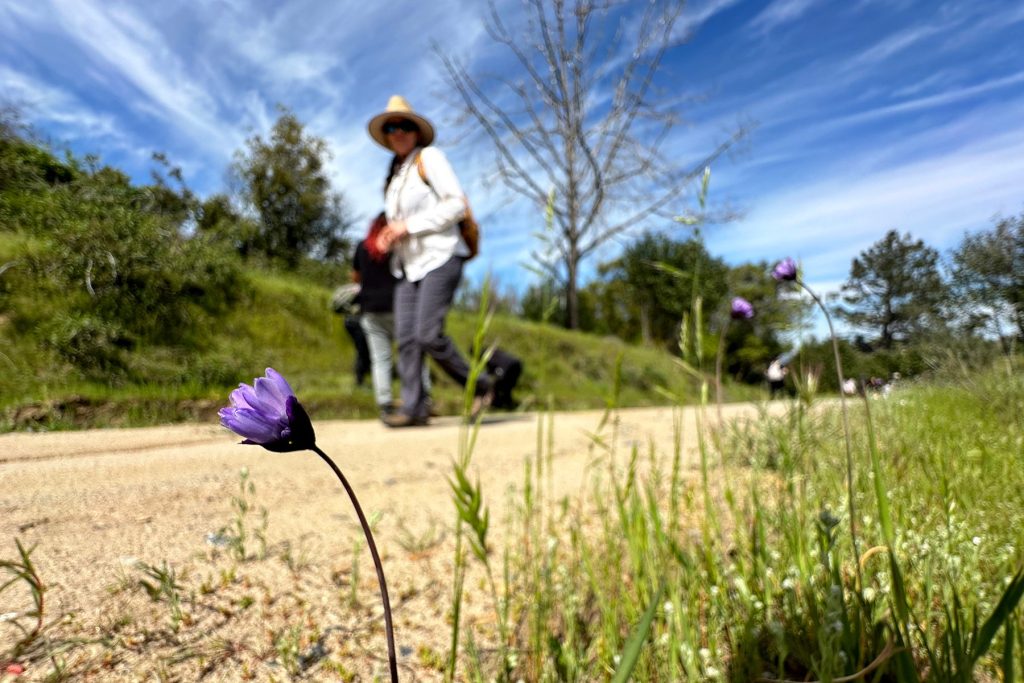
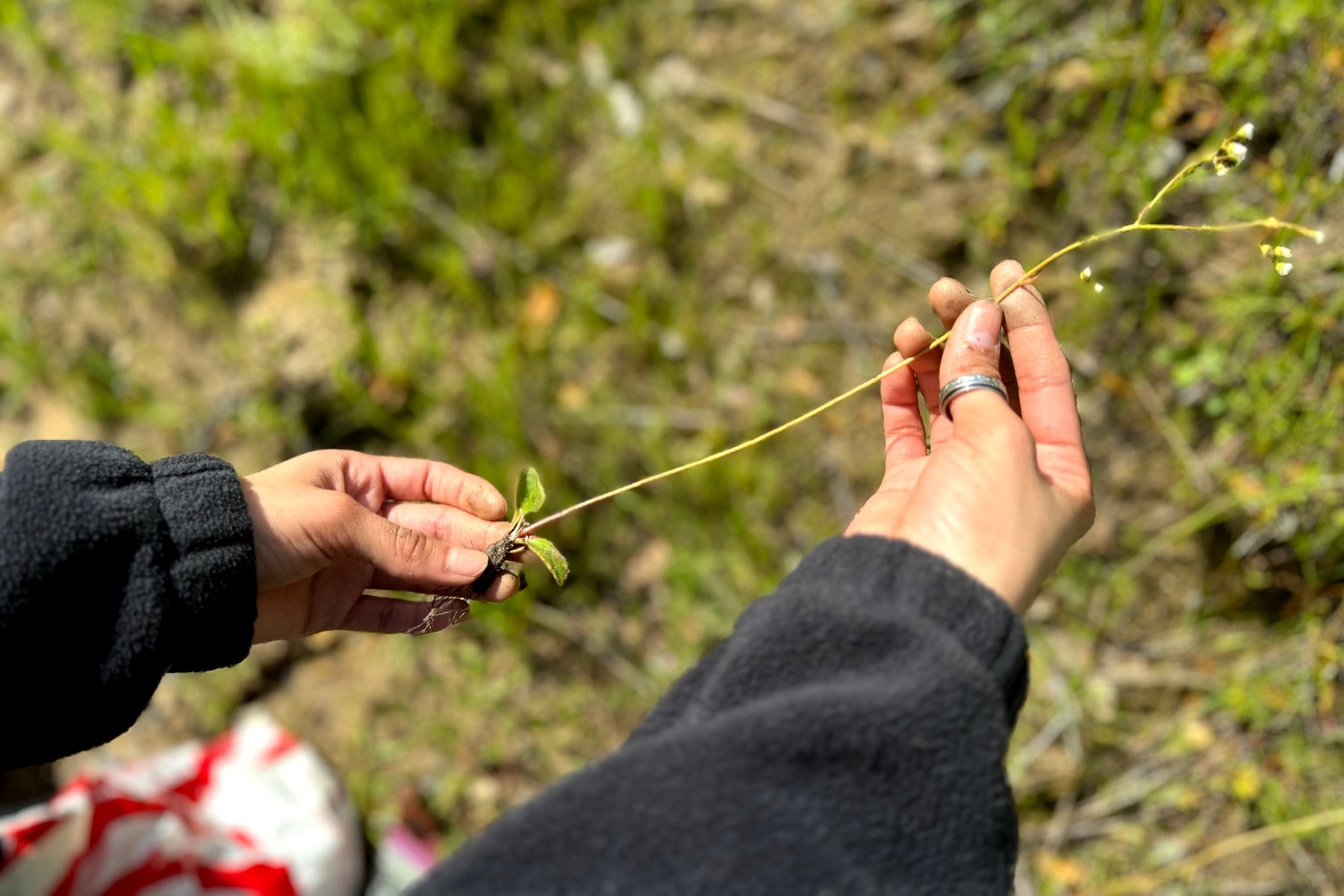
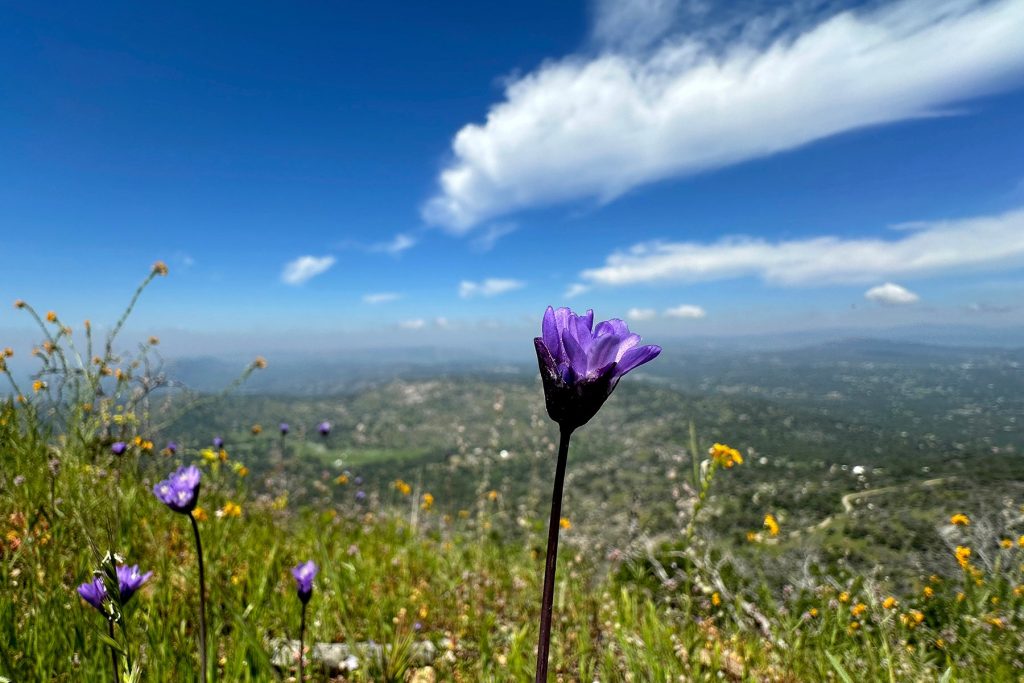
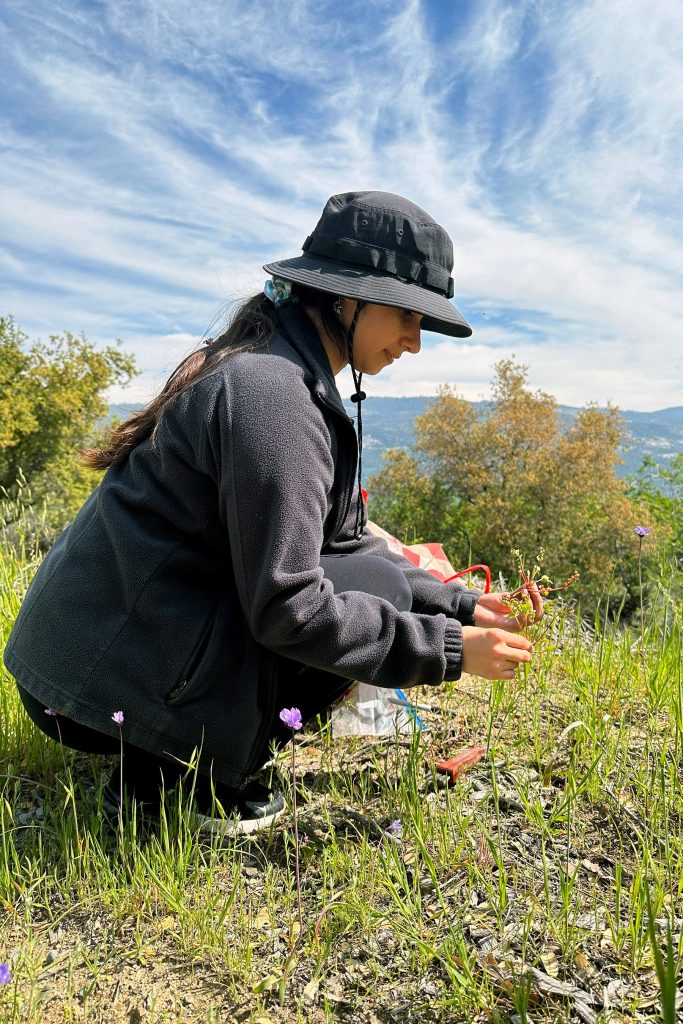

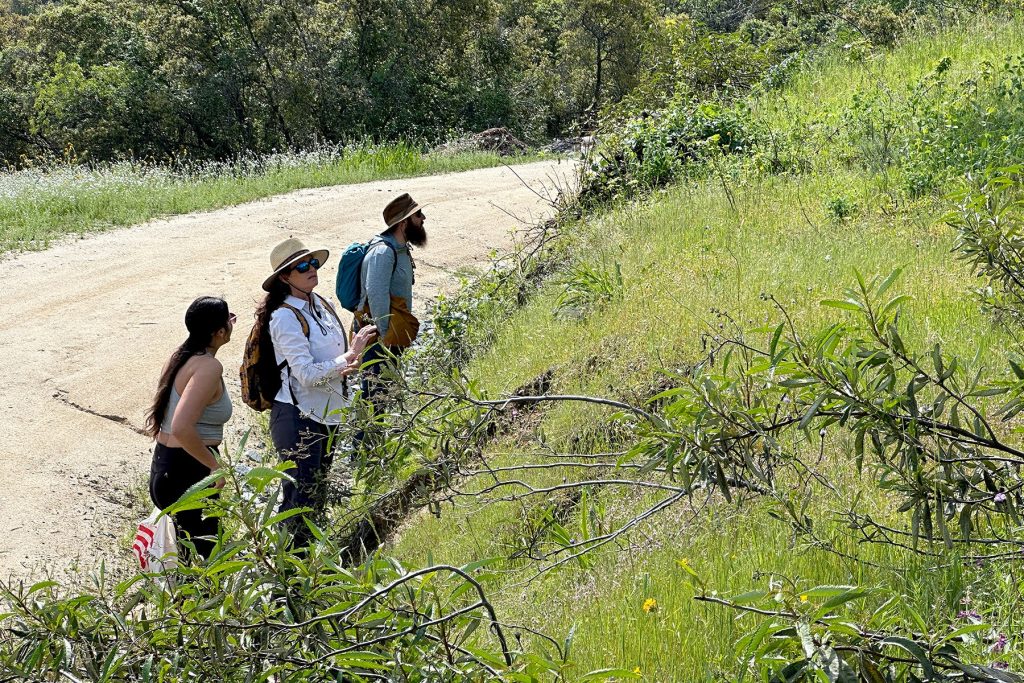

As one of about 20 students who take the plant taxonomy class each spring, Munoz-Gonzalez explored the foothills beyond her hometown for the first time while taking the class and she experienced her first overnight camping trip in Death Valley.
“I am very much a stay-at-home girl. It was definitely a new experience and a scary one at first,” Munoz-Gonzalez said. “But being there with other classmates, being there with Dr. Waselkov, made it so much more calming I would say, but also so much more rewarding because you’re out there.”
“And, for me, it was experiencing a lot of that part of California that I’ve never seen before.”
The class usually visits the Mojave Desert but went to Death Valley for the first time and saw Badwater Basin, Waselkov said. There is no plant collection allowed in the national park, so students collected plants in the Bureau of Land Management area outside of the park. With record rainfall and flooding in California this year, there was a spectacular display of desert sunflowers, Waselkov said.
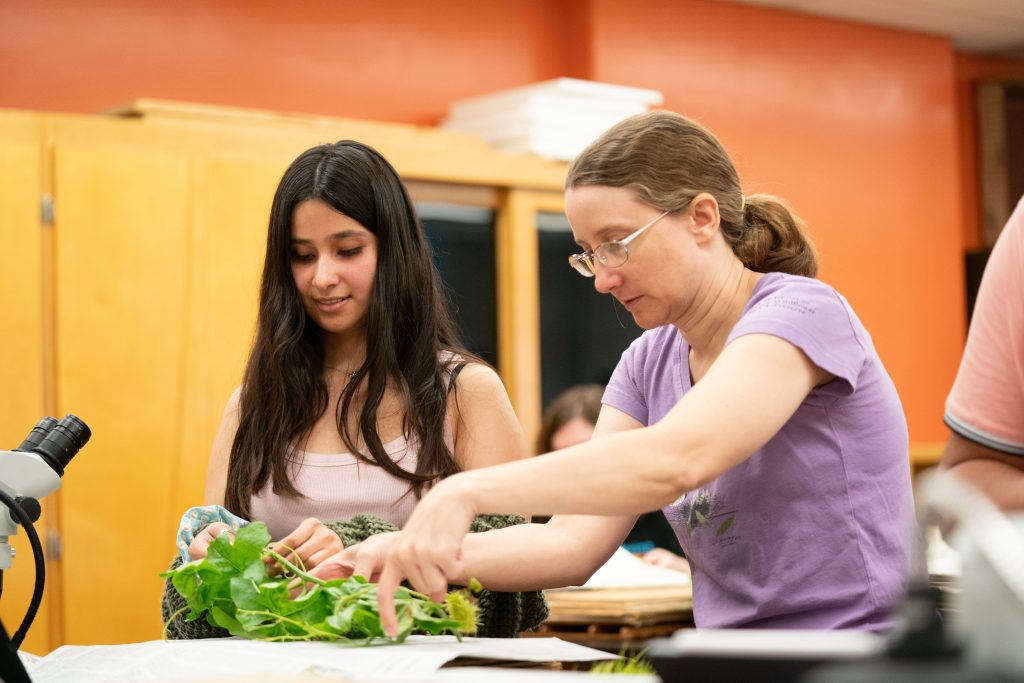
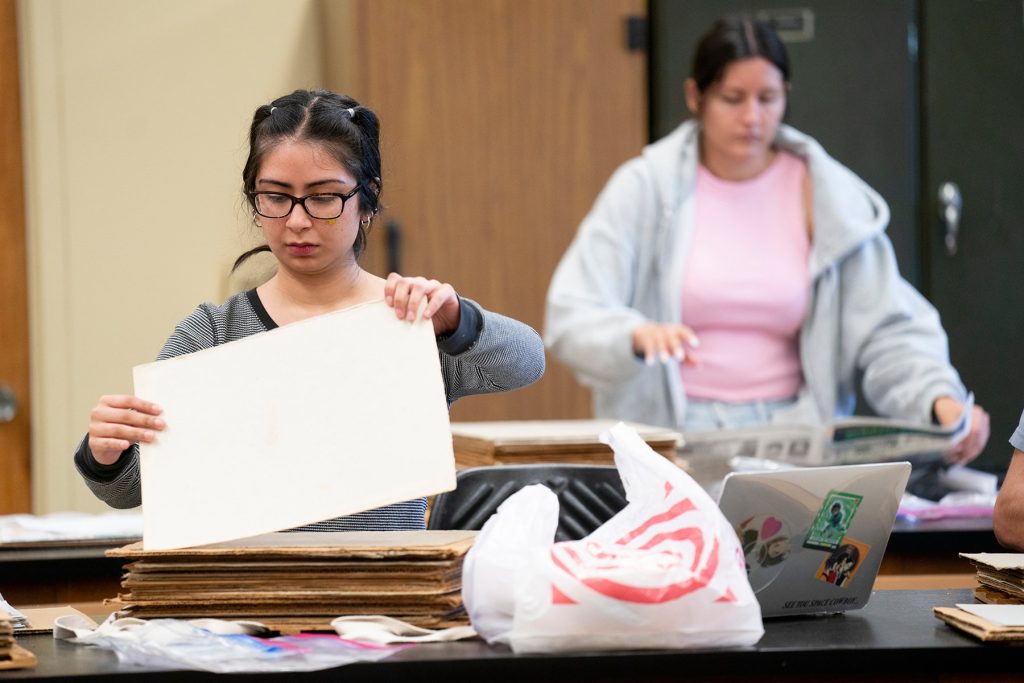
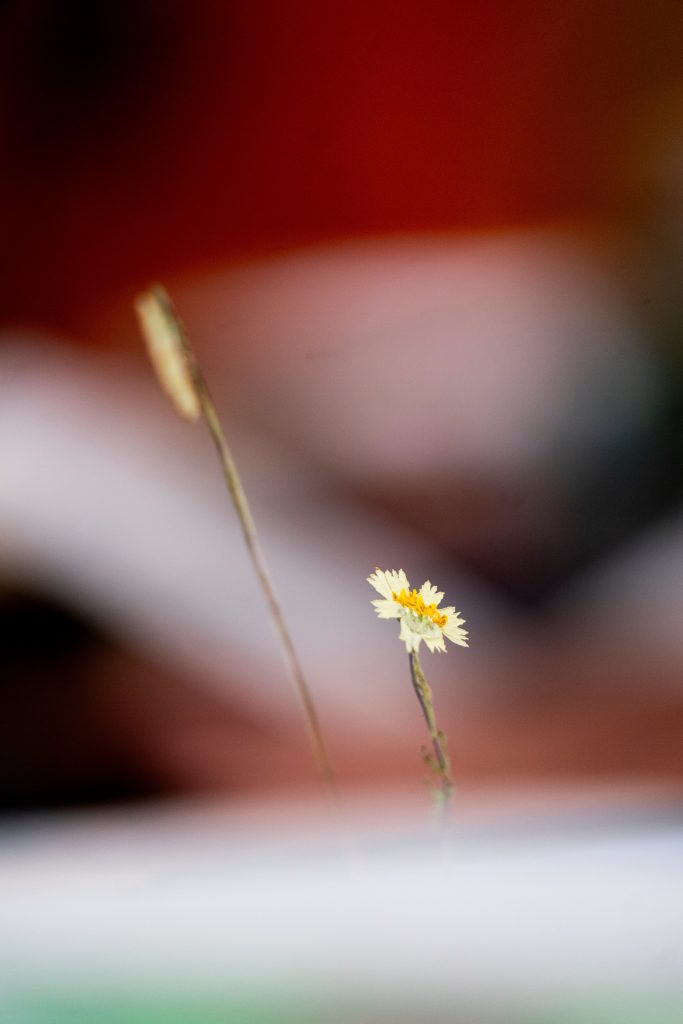

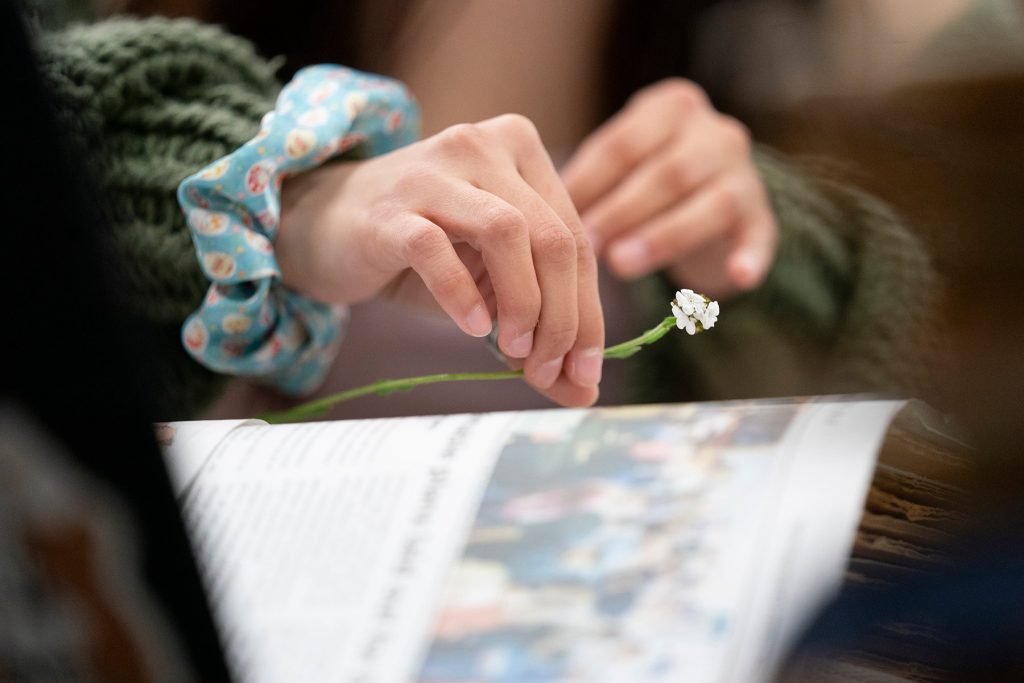

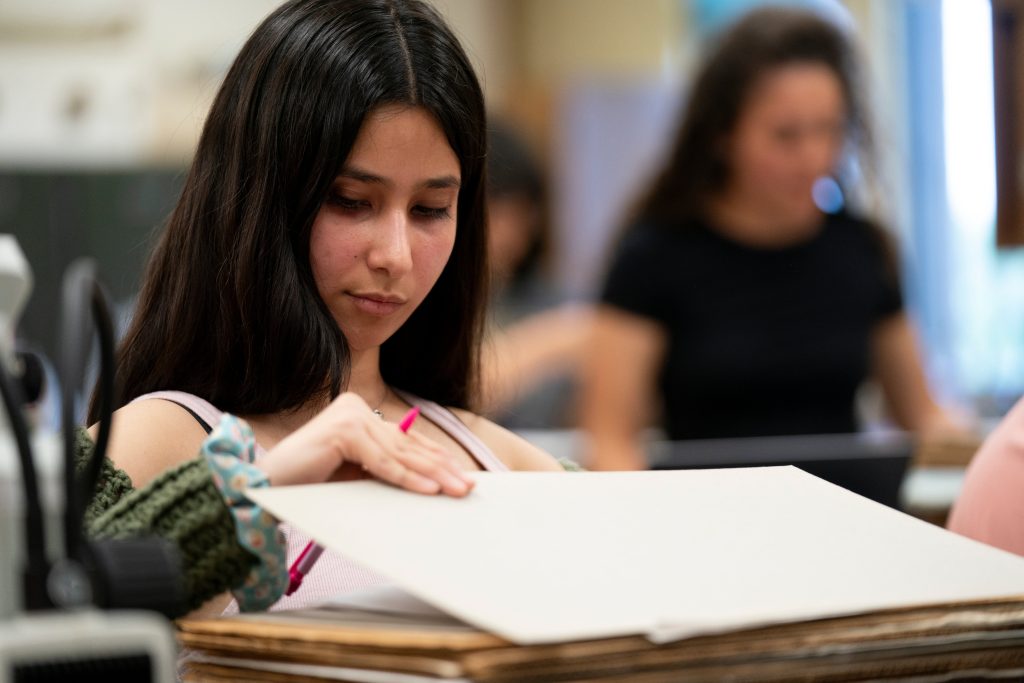
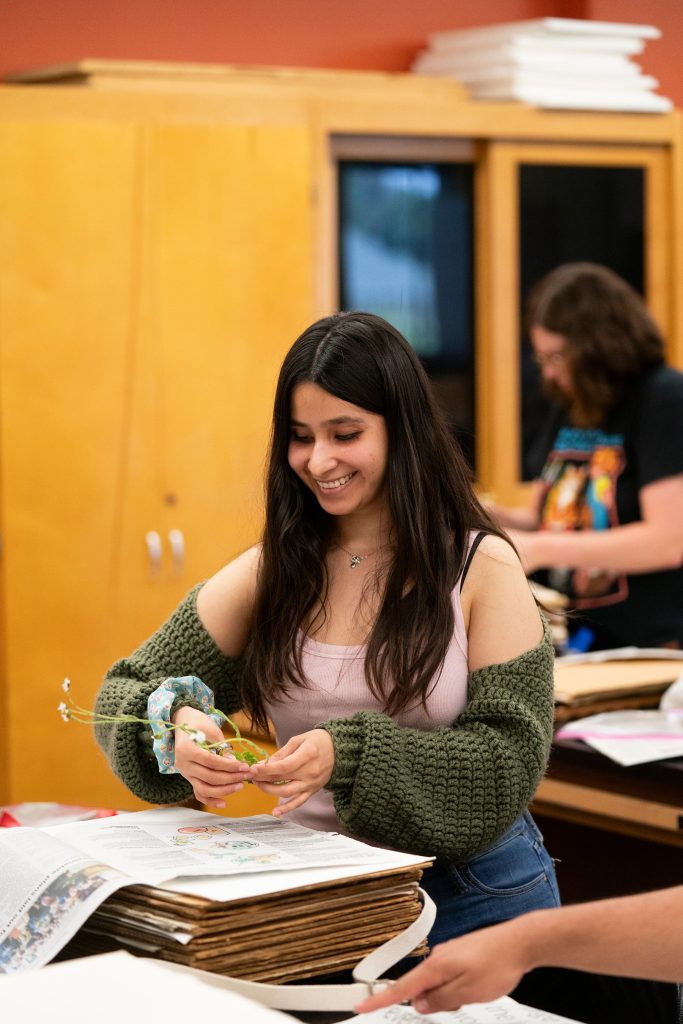
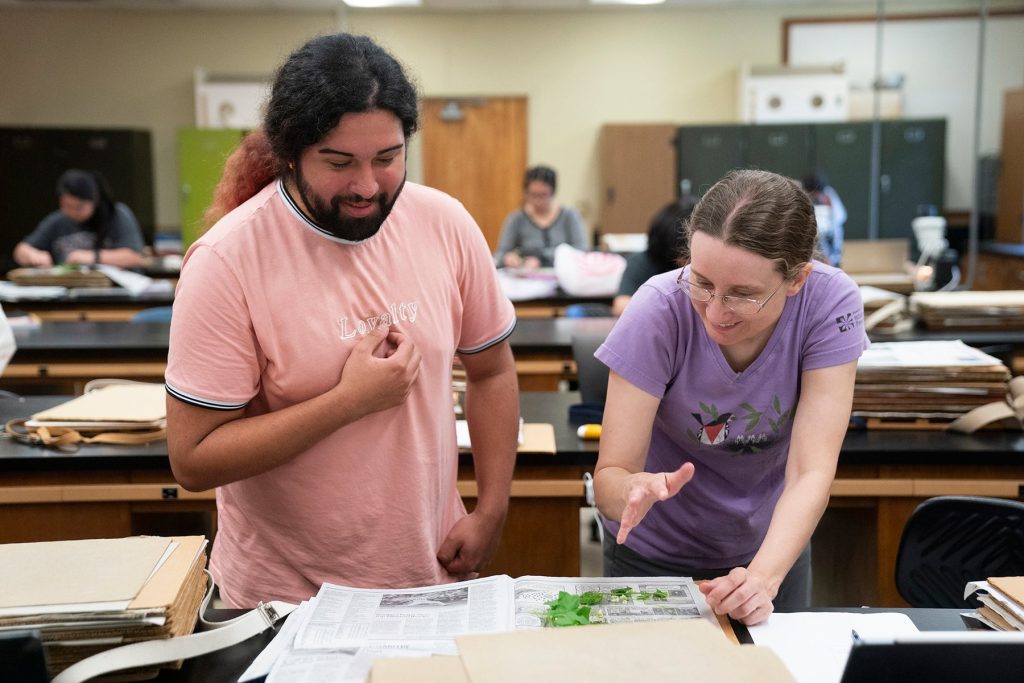
On their return to campus, students dissect the specimens they collect, categorize them and glue them to paper for pressing. Plants that are pressed well — those that are neat and provide a good display of the plant — are entered into the herbarium records along with information about when it was collected, where and who collected it on an attached label.
The Fresno State Herbarium has a collection of pressed flowers and plants on paper that represent the diversity of plant species in the Central Valley and surrounding environments. There are about 40,000 specimens dating back to the late 1800s. The herbarium was established in 1925 by Dr. Charles H. Quibell, who was a biology professor at Fresno State.
Munoz-Gonzalez worked in the herbarium for a year and a half to help digitize a backlog of about 5,000 specimens dating back to the 1940s. To do this, Munoz-Gonzalez takes high-resolution images of the plant or specimen in a light box, uploads the image and transcribes the label data into the online portal Consortium of California 2 Herbaria Portal. The database is publicly searchable and contributes to the broad-scale research on ecology, evolution and climate change.
Plant lovers, researchers from other campuses and people who work in professions where they need to identify plant life, such as Caltrans workers, can use the herbarium to look at plants and plant species. The public can access the collection in person by request.
“Collecting specimens is very important because we are contributing it to a natural history collection,” Munoz-Gonzalez said.
“It encompasses a lot of the diversity that we have here. And with those specimens, we’re able to do studies like how climate change is affecting the plants that we have here. We’re contributing to research.”
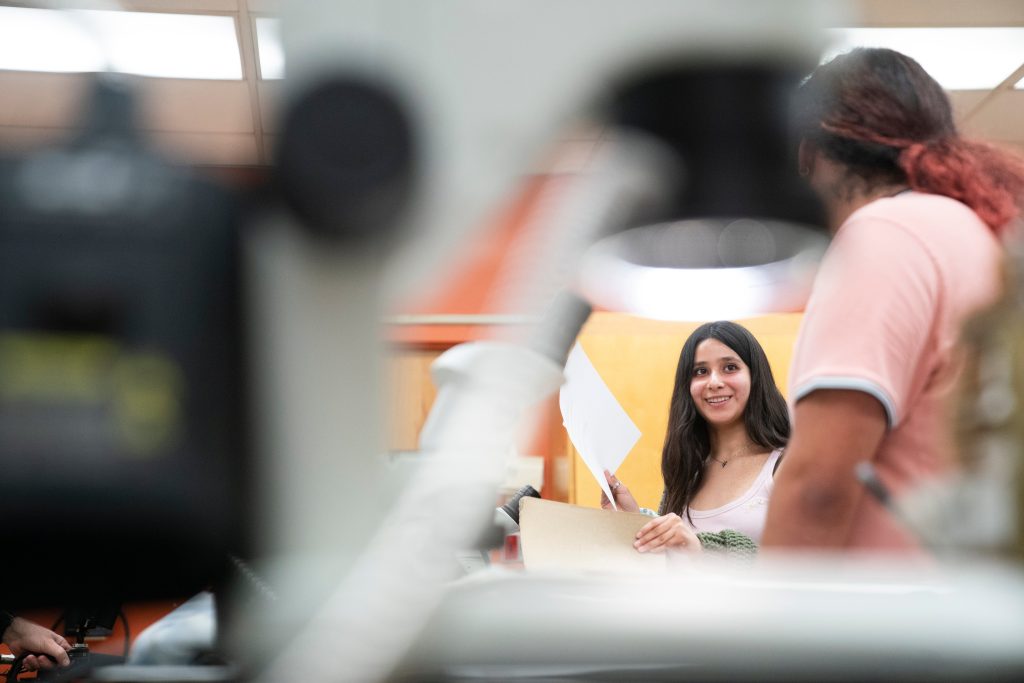
DISCOVER FRESNO STATE
Explore more unique biology courses and research opportunities that range from molecular mechanisms to ecosystem preservation.

